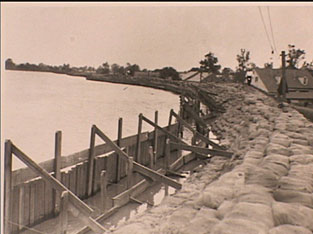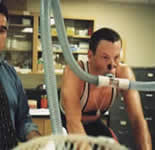For the sake of innovation, it’s tempting to mash up people internal and external to a company. We’ve seen how important it is that employees be customers, like JetBlue’s employee-centered priorities, and how customers can contribute to companies. This could be one of the most important changes in culture we can bring to companies, but not one of the easiest. Beside the discomfort it will arouse in traditional corporate cultures, we’re still figuring out how to do it.
For example, I’ve realized lately in working to co-create with clients that it needs to be gradual process, because the party you’re creating with doesn’t share the same content or process and needs time to learn. Rather than strive for immediate immersion in creation, I’ve taken a hint from surgeons who say, “watch one, do one, teach one.” Spreading these steps over whole projects may be necessary for both learning and change to happen.
Two more examples come from friends who have recently launched exciting projects that mash up “internal” and “external” resources. Christina Wodtke — a co-founder of MIG — has launched Public Square, software that recognizes the importance of reader-contributed content by allowing quality rankings of people and content to better balance editorial direction and reader input.
And Lou Rosenfeld just launched Rosenfeld Media, a publishing venture in which readers play a vital role in everything from deciding which topics get covered to influencing the actual authoring decisions.
 My business partner
My business partner 
 It turns out that intense, long-term cardio training actually enlarges the heart and therefore the amount of oxygen-rich blood that can be delivered to the muscles, according to this
It turns out that intense, long-term cardio training actually enlarges the heart and therefore the amount of oxygen-rich blood that can be delivered to the muscles, according to this 